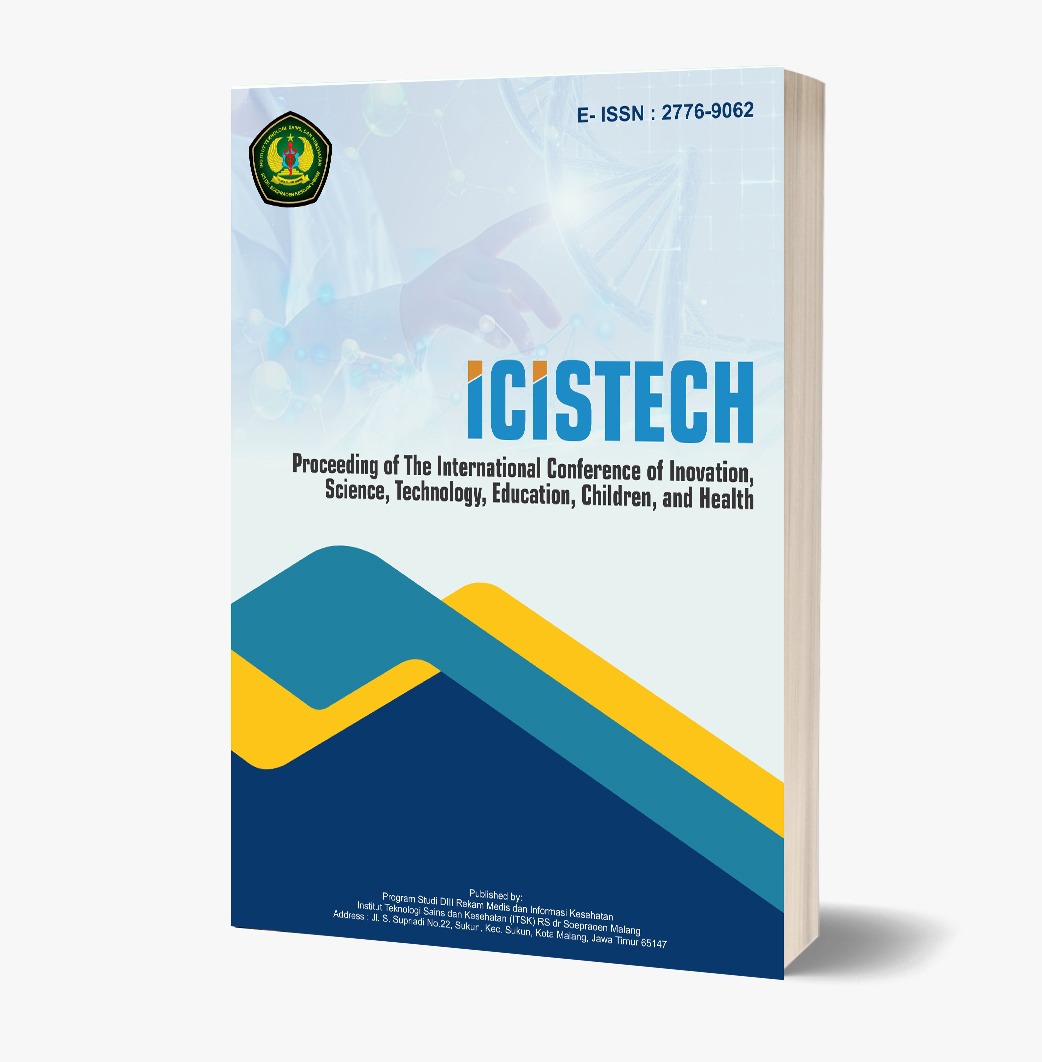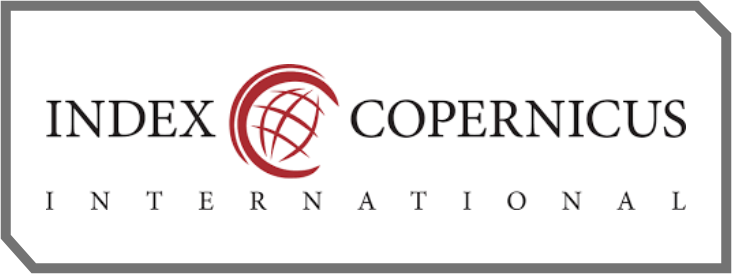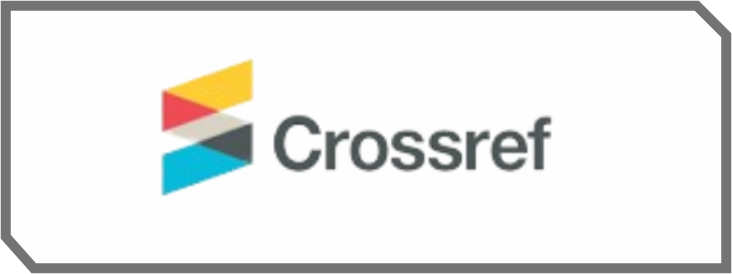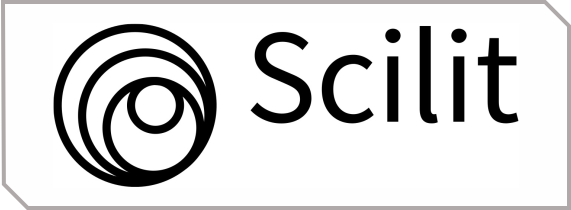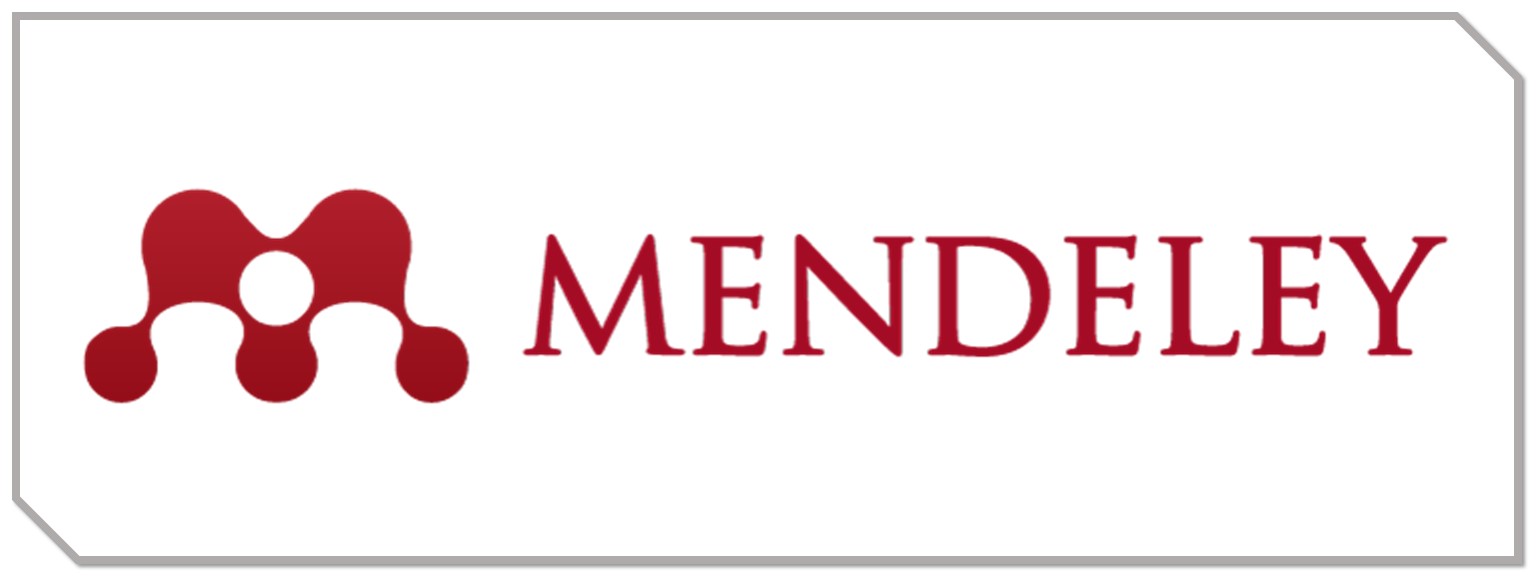Factors Associated with Giving Formula Milk to Babies Aged Between 0-6 Months
DOI:
https://doi.org/10.62951/icistech.v5i1.254Keywords:
Education, Formula Milk, Knowledge, OccupationAbstract
Low exclusive breastfeeding rates are often linked to the widespread use of formula milk in infants. Formula feeding cannot replace colostrum, the first milk produced after birth, which is crucial for providing infants with essential nutrients and immunity. Without colostrum, infants are at increased risk of developing diarrhea, septicemia, meningitis, and other serious health complications. Additionally, formula milk may lead to protein intolerance, which often results in allergies among infants. This study aims to identify the factors associated with formula feeding in infants aged 0-6 months. The study employed an analytic observational approach with a cross-sectional design, involving 55 mothers with infants aged 0-6 months. Participants were selected using accidental sampling. Data were analyzed using the Chi-square statistical test. The univariate analysis revealed that the majority of respondents (56.4%) had good knowledge of infant feeding practices, while 30.9% had a junior high school education. Most respondents (76.4%) were not employed, and 56.4% of mothers reported giving formula milk to their infants. The bivariate analysis showed a significant relationship between maternal knowledge and formula feeding practices, but no significant relationship was found between the mother's education level or employment status and the use of formula milk. Based on these findings, it is recommended that healthcare workers play a more active role in providing education, information, and motivation to mothers, helping them understand the benefits and advantages of exclusive breastfeeding. By increasing maternal knowledge and addressing misconceptions, healthcare workers can contribute to improving exclusive breastfeeding rates and reducing the unnecessary use of formula feeding.
References
ASEAN Socio-Cultural Community Department, & UNICEF East Asia and the Pacific Regional Office. (2016). Regional report on nutrition security in ASEAN - Volume 2 (Vol. 2, pp. 1-158). Available from http://www.unicef.org/eapro/12205_22043.html
Fitri, S. R., Lestari, B. C., Indriana, N. P. R. K., Meiranny, A., Hasyim, D. I., Saputri, N., & Prisusanti, R. D. (2024). Asuhan kebidanan neonatus: Bayi balita dan anak prasekolah berbasis evidence-based practice. PT. Sonpedia Publishing Indonesia.
Kementerian Kesehatan Republik Indonesia. (2016). Profil Kesehatan Indonesia 2016 [Internet]. Available from http://www.depkes.go.id/resources/download/pusdatin/profil-kesehatan-indonesia/Profil-Kesehatan-Indonesia%202016.pdf
Khasanah, N. (2013). ASI atau susu formula ya? Panduan lengkap ASI dan susu formula. FlashBooks.
Oktoval, R. (2017). Analysis of factors related to formula feeding in infants aged 0-6 months. Jurnal Kesehatan, 1-33. Available from http://kelembagaan.ristekdikti.go.id/wp-content/uploads/2016/08/UU_no_20_th_2003.pdf
Prasetyono. (2016). Buku pintar ASI eksklusif. Diva Press.
Prisusanti, R. D. (2021). Metodologi penelitian di berbagai bidang.
Prisusanti, R. D., Dewi, C., Kiriwenno, E., Prastiwi, R. S., & Epid, M. (2022). Kesehatan reproduksi dan kesehatan wanita. Yayasan Penerbit Muhammad Zaini.
Ralu, J. (2018). Relationship of maternal characteristics with milk provision in infants aged 0-6 months in the working area of Mabaolpura Palu Public Health Center.
Riset Kesehatan Dasar (Riskesdas). (2018). Badan Penelitian dan Pengembangan Kesehatan Kementerian RI tahun 2018. Available from http://www.depkes.go.id/resources/download/infoterkini/materi_rakorpop_2018/Hasil%20Riskesdas%202018.pdf
Roesli, U. (2013). Mengenal ASI eksklusif. Pustaka Pembangunan Swadaya Nusantara.
Rombot, G., Kandou, G. D., & Ratag, G. A. E. (2014). Factors related to formula feeding in infants aged 0-6 months in the working area of Molompar Tomabatu Timur Public Health Center, Southeast Minahasa. Jurnal Kedokteran Komunitas dan Tropis, 2(2).
Wahyuni, T. (2014). Factors related to formula feeding in infants aged 0-6 months in Wonsari Village, Ngoro District, Mojokerto.
Widuri, H. (2013). Cara mengelola ASI eksklusif bagi ibu bekerja. Gosyen Publish.
World Health Organization. (2017). Babies and mothers worldwide failed by lack of investment in breastfeeding [Internet]. Available from http://www.who.int/en/news-room/detail/01-08-2017-babies-and-mothers-worldwide-failed-by-lack-of-investment-in-breastfeeding
Downloads
Published
How to Cite
Issue
Section
License
Copyright (c) 2025 Proceeding of The International Conference of Inovation, Science, Technology, Education, Children, and Health

This work is licensed under a Creative Commons Attribution-ShareAlike 4.0 International License.

